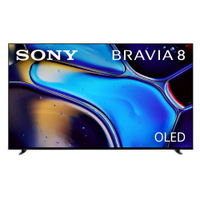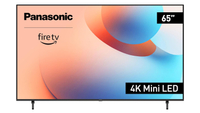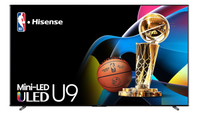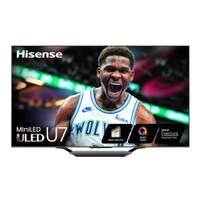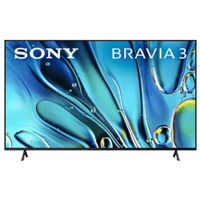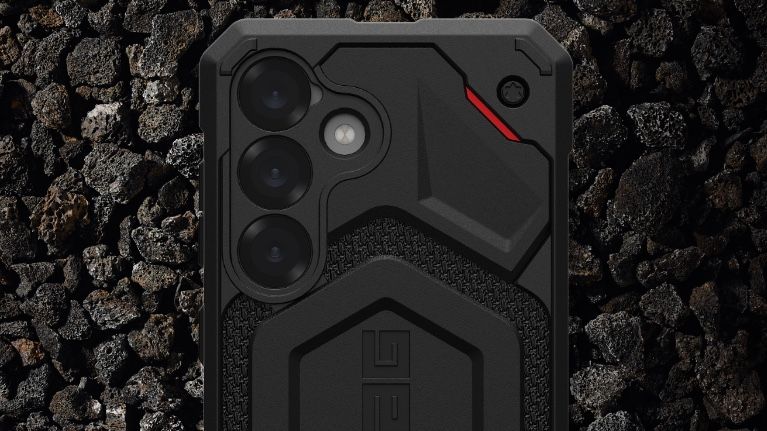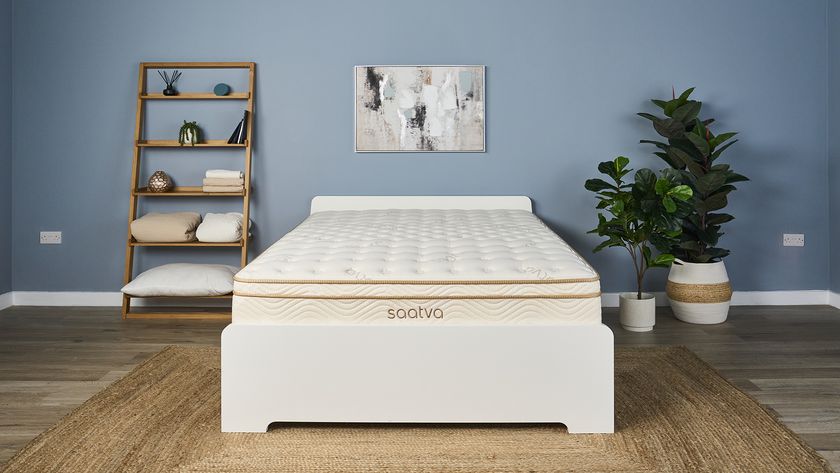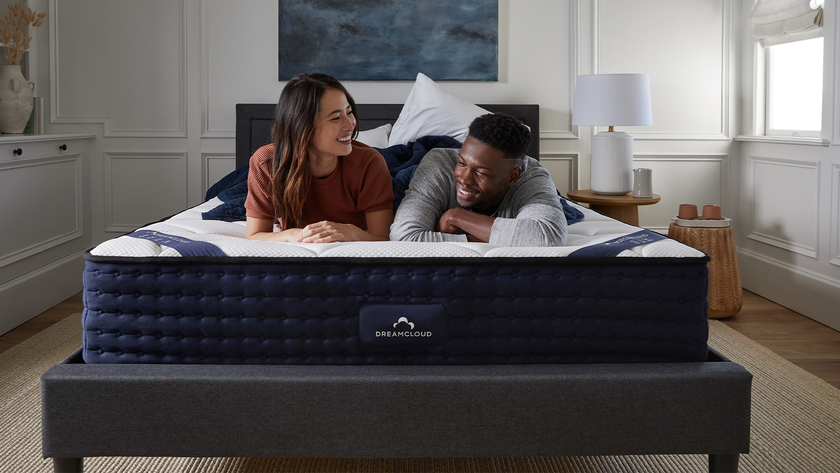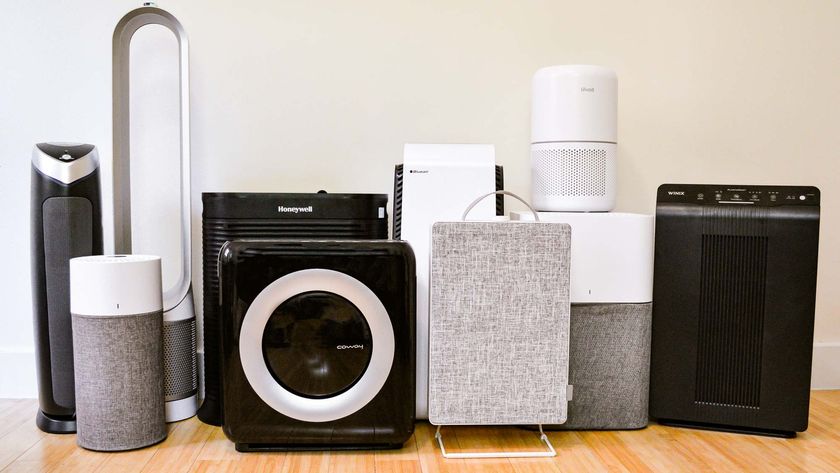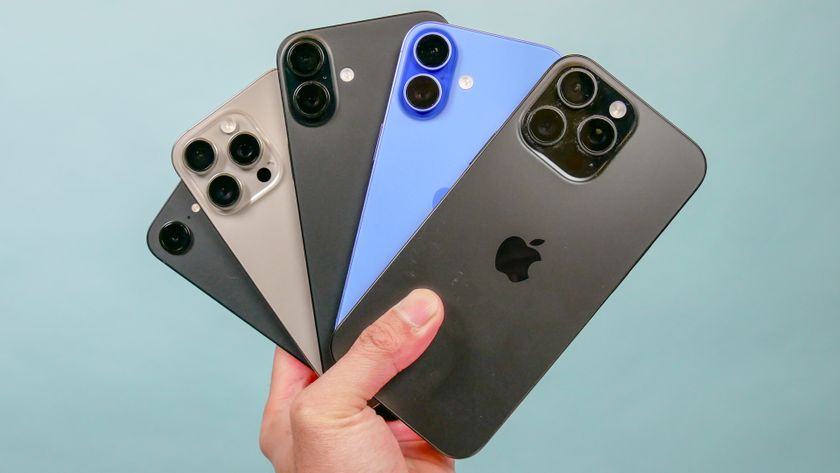Best 75-inch TVs of 2025: Tested and reviewed
Go bigger and better with the best 75-inch TVs (and some great 77-inch TVs, too)
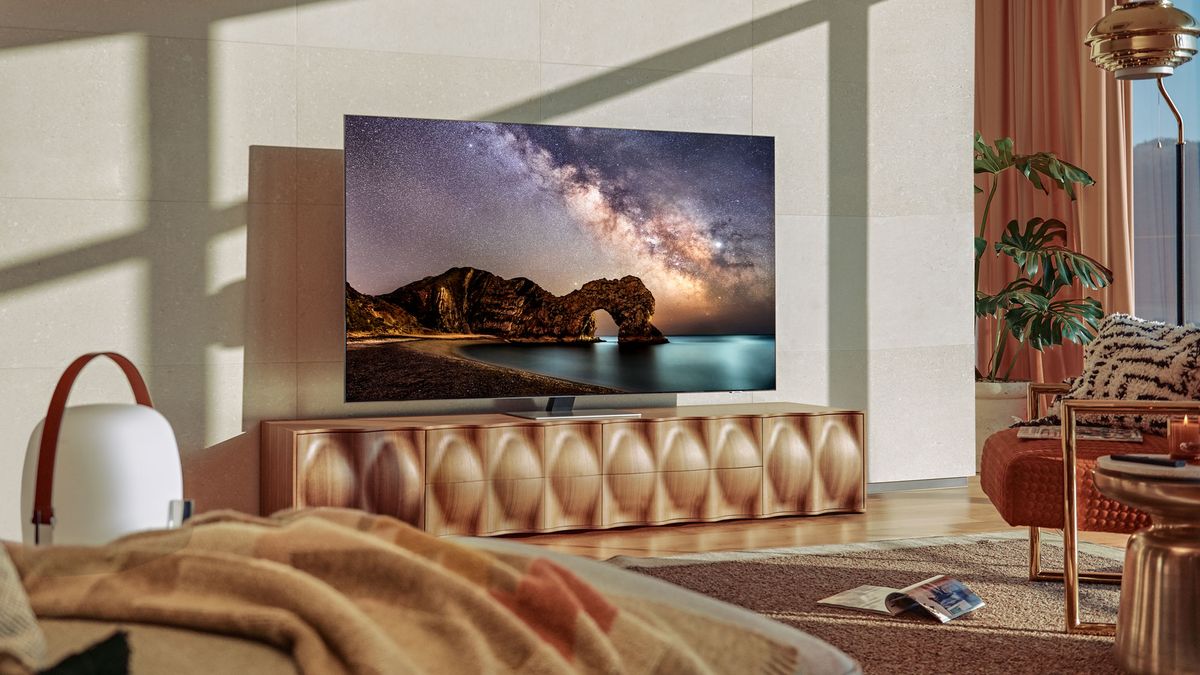
If you're shopping for one of the best 75-inch TVs (or one of the best 77-inch sets), I have good news: You have a long list of fantastic options.
I've been testing and reviewing TVs for over ten years, and if you were to ask me what the most interesting development has been over the course of the decade, I'd probably point to the rise of big TVs. It wasn't too long ago that 55-inch TVs were considered big. These days, more folks are filling their rooms with 75- and 77-inch models.
While many of these TVs are priced rather high due to their sheer size, you can still spend wisely and walk away with one of the best 75-inch TVs for your needs. Take, for instance, the 75-inch Hisense U8N (75U8N). Its incredible brightness, voluminous color, and fantastic Mini-LED local dimming are a sight to behold, but its lower price point relative to its competition is what makes the U8N so special. It's our current pick for the best 75-inch TV for most people.
If the U8N isn't what you're looking for, there are plenty of other options to choose from. Some of the best OLED TVs you can buy come in 77-inch size options, for example. I've even seen some terrific 75-inch TVs for under $1,000, like the TCL Q6 QLED.
When evaluating 75-inch TVs, we look for many of the same performance features as we do when testing smaller-sized models. There are, however, some key aspects to consider when shopping in this size range, and I'll discuss these as we move through our picks for the best 75-inch TVs you can buy right now.
The quick list
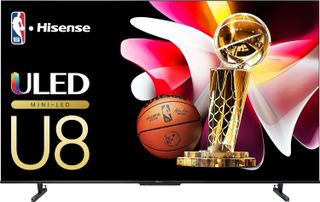
The Hisense U8N Mini-LED TV is one of the most vibrant TVs we’ve tested and outputs incredible brightness for its price point. Plus, there are more than enough gaming features to go around, as the U8N offers great versatility for the price. The 75-inch version can be found on sale for around $1,300.
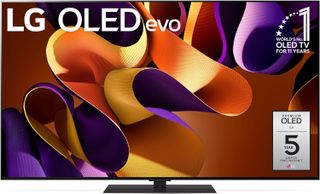
With its second-gen MLA panel and stunning performance, the LG G4 OLED shines like a diamond. Its 1,476 nits of HDR brightness is a real testament to that LG's stellar engineering, but there's more to appreciate beyond the display, like its full slate of gaming features and its 60W speaker system.
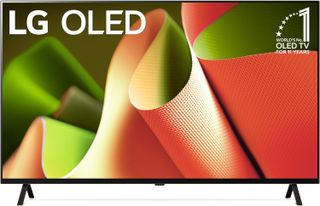
Picture ★★★★☆
Features ★★★★☆
Value ★★★★★
Dedicated gamers and A/V enthusiasts looking for an accurate picture will not be disappointed by the 77-inch B4, LG's entry-level OLED TV. While not as bright, it offers many of the same benefits as higher-end OLEDs.
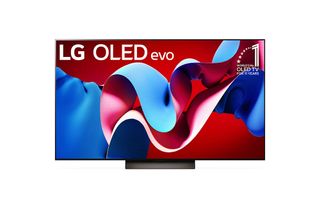
If you're looking for incredible performance and an array of useful gaming- and A/V-related features, the 77-inch LG C4 ought to be at the top of your list of candidates. This mid-range OLED is perfect for cinephiles, gamers, and casual viewers alike.
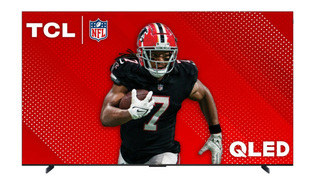
The TCL Q6 QLED is a decent performer with wide appeal due to its easy-to-use, built-in smart platform and low price. Right now, a 75-inch version is priced below $1,000. It's a reliable pick if you're shopping for a big screen on a budget but don't want to scrape the bottom of the barrel.
For
- Abundant streaming options via Google TV
- Two stand options
- Good size selection
- Well-rounded performance
Against
- Laggy interface
- No HDMI 2.1 ports
- Middling sound
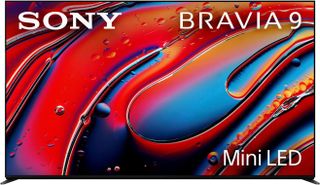
It's eye-wateringly expensive, but the Sony Bravia 9 is our top pick for a Mini-LED TV in the 75- to 77-inch range. It features incredible HDR brightness and color volume and some of the best local dimming we've seen in this class.
About the author
Why you can trust Tom's Guide

My name is Michael, and for over a decade, I’ve been testing and reviewing TVs. In fact, I’ve evaluated well over one hundred TVs in my day, and many of them have been 75 inches and above. I know what sets a good 75-inch TV apart from a bad one, and since more people are buying big-screen TVs than ever before, I've been diligently tracking the 75- to 77-inch TV market.
The best 75-inch TVs you can buy today
Best 75-inch TV
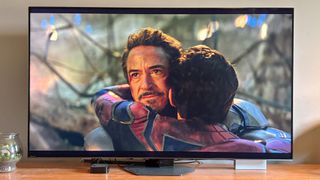
Specifications
Reasons to buy
Reasons to avoid
Currently, our pick for the best 75-inch TV you can buy is the Hisense U8N, the successor to 2023's award-winning Hisense U8K. For just $2,000, slashed typically down to as low as $1,500 when on sale, the U8N manages to emphasize both performance and value.
While it only comes equipped with two HDMI 2.1 ports, the U8N makes up for it with a 144Hz refresh rate, as well as support for both FreeSync and G-Sync. This makes it a great pick for gamers in search of a 75-inch option.
With a phenomenally high HDR brightness of around 3,400 nits, the U8N is one of the brightest TVs we've ever tested. According to Hisense, the 55-inch U8N doesn't get as bright as the 75-inch model, so the added screen size is also good for added brightness.
Its Mini-LED display keeps dark scenes appropriately dark with fantastic local dimming. If you're a stickler for HDR formats, the U8N has you covered with both Dolby Vision and HDR10+.
One important note about the 75-inch version of the U8N in particular is that it makes use of an ADS-style panel. Typically, IPS/ADS panels deliver wider viewing angles than VA-style panels, but they do so at the expense of contrast. VA-style panels (like those found in the 55- and 65-inch versions of the U8N) tend to offer deeper black levels. At the 75-inch size point, however, I imagine that many folks would prefer the wider viewing angles.
The 75-inch U8N is a versatile pick, and although the OLED TVs on this list beat it in a number of performance categories, you really can't go wrong with the U8N's price.
Read our full Hisense U8N Mini-LED Google TV review.
Best OLED TV
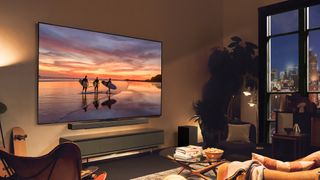

Specifications
Reasons to buy
Reasons to avoid
The 77-inch LG G4 is not only the best OLED TV in the 77-inch tier, it's one of the best TVs you can buy, period. From casual streaming to high-level gaming, the G4 makes everything exciting.
LG's second-generation MLA technology, which allows it to get much brighter than standard WOLED displays, currently only exists on a limited number of sets, including the G4, the LG M4 OLED, and the newly announced Panasonic OLED TV. In our testing, we found that MLA tech made all the difference, as the G4 outputs close to 1,500 nits of brightness in a 10% window — quite the feat given the relatively limited brightness of OLED TVs compared to LED.
It pairs these scintillating highlights with the perfect black levels and pixel-level contrast control that OLED displays are known for. With Dolby Vision and LG's excellent FIlmmaker mode in tow, everything you showcase on the G4 is a feast for the senses.
It offers a full slate of gaming features, and I do mean a full slate. You can play 4K console games at 120Hz or PC games at 144Hz. All of FreeSync Premium, VRR, and G-Sync are accounted for, and the G4's input lag clocks in at a buttery smooth 9.2ms.
Being one of LG's most advanced OLED TVs to date, the 77-inch G4 OLED does come in at a hefty price. If you're in the market for a life-changing TV, however, the G4 is just the ticket.
Read our full LG G4 OLED review.
Best under $2,000
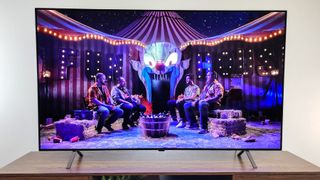

Specifications
Reasons to buy
Reasons to avoid
If you're looking for a 77-inch TV for under $2,000, consider the LG B4. It's LG's latest entry-level OLED TV.
The B4's OLED display allows for perfect black levels and ultra-accommodating viewing angles. We clocked its HDR peak brightness at around 660 nits, which is much lower than what you'll find on higher-end 75- to 77-inch TVs, but the B4's deep black levels help highlights pop.
When we evaluated the 65-inch B4, we were impressed with its picture processing, particularly its motion handling. Fast-paced action movies and sports looked especially good in our lab. We expect the same level of performance for the 77-inch model. It's also worth noting that, in LG's Filmmaker mode, the B4 offers fantastic out-of-the-box color accuracy (featuring a Delta-E of below 1). Movie enthusiasts and home theater aficionados will appreciate the accurate presentation, even if the B4 is lacking in the brightness department.
I'm willing to bet that most dedicated gamers will love the 77-inch B4, too. In addition to its huge display, this set offers most of the gaming enhancements found on higher-end LG OLEDs (support for 4K gaming across all four HDMI 2.1 inputs, for instance).
The step-up, 77-inch LG C4 is currently priced at around $2,500. If you're not worried about missing out on its added HDR brightness (which we measured at around 1,000 nits), it's worth saving several hundred dollars on the 77-inch B4.
Read our full LG B4 OLED review.
Best for gaming
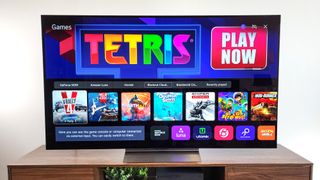

Specifications
Reasons to buy
Reasons to avoid
The LG C4 OLED is a fantastic all-around TV in the 77-inch space, but I think gamers in particular stand to get the most out of the C4. It offers nearly all of the gaming upside of the higher-end G4 OLED, but comes in at a much more manageable price.
The C4 features a full suite of high-bandwidth HDMI 2.1 inputs, so all four ports can handle the following: 4K gaming at 120Hz (and up to 144Hz with a gaming PC), VRR, FreeSync, and G-Sync. You'll also get LG's fantastic Game Optimizer mode, which puts an array of gaming-related settings on a quick menu to elevate your game at a moment's notice.
But, just in case you think the C4's only wheelhouse is gaming, allow me to set the record straight. This mid-range OLED TV offers seriously impressive performance, with HDR highlights eclipsing the 1,000-nit mark and terrific out-of-the-box accuracy in LG's Filmmaker mode.
The C4 is the first TV I'd recommend to a gamer looking for a high-performance, 75- to 77-inch TV at a manageable price point. It's also the first one I'd recommend to someone who loves showcasing movies the way they were meant to be seen.
Read our full LG C4 OLED review.
Best under $1,000
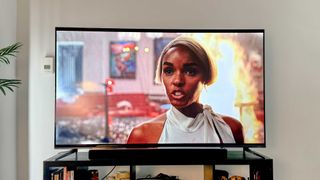
Specifications
Reasons to buy
Reasons to avoid
Right now, the 75-inch TCL Q6 is our pick for the best 75-inch TV under $1,000. It's limited in its performance and features, but it should satisfy folks who don't need bells and whistles and who just want to save money on a 75-inch 4K TV.
Compared to a higher-end 75-inch TVs (especially one with local dimming, like the TCL QM8), the Q6 isn't as bright and impressive looking. Nevertheless, it's bright enough to hold up in most living spaces, so long as you're not positioning it directly in sunlight. In general, the Q6 looks good across all content types, but you'll have to spend a bit more if truly impactful HDR is on your wish list.
The Q6 comes with the Google TV smart platform right out of the box, and setup is quick and painless. I consider Google TV to be one of the best smart platforms due to its easy-to-navigate interface and the huge amount of downloadable apps available. If you plan on doing a fair amount of streaming on your new 75-inch TV, Google TV on the Q6 will serve just fine as a daily driver.
Although there aren't as many gaming-related features included with the Q6, it does support ALLM and VRR. The Q6 can showcase 4K games at 60Hz, as well as 1080p and 1440p content at 120Hz. For a better gaming TV (or just a brighter, more-colorful 75-inch TV) the TCL QM8 is a better option. It supports 4K gaming at 120Hz, and its Mini-LED display is better suited for HDR content.
If you don't necessarily need these performance benefits, the Q6 will suit you well. It's a great way to upgrade to a 75-inch 4K TV without breaking the bank.
Read our full TCL Q6 QLED TV review.
Best Mini-LED TV


Specifications
Reasons to buy
Reasons to avoid
The Sony Bravia 9 is the best Mini-LED TV at the 75-inch size point. It just costs considerably more than other Mini-LED TVs on this list.
Sony's excellent picture processing, backed by its XR Processor, makes everything from sub-4K streaming content to HDR Blu-rays look terrific. It's an incredibly bright TV, which helps it overcome glare in bright rooms, but its best quality is its superb local dimming. The Bravia 9's backlight control is so good that it often appears OLED-like in its presentation.
You're getting two HDMI 2.1 inputs with the Bravia 9, which makes it less flexible than some of its competitors, like the Samsung QN90D. Nevertheless, most of the highly sought-after gaming features are accounted for, including VRR and ALLM.
Unfortunately, a 75-inch Sony Bravia 9 will set you back almost $3,000. If you have the money to shell out for one, though, I highly recommend it. It's one of the best Mini-LED TVs I've ever seen.
Read our full Sony Bravia 9 review.
75-inch TV benchmarks: comparison
| TVs | Peak Brightness (tested) | Delta-E (tested) | Rec. 2020 Gamut Coverage (tested) | Input Lag (tested) |
| Hisense U8N | 3,296 nits | 3.2 | 82.07% | 13.1ms |
| LG G4 OLED | 1,489 nits | 1.4 | 72.91% | 9.2ms |
| LG B4 OLED | 659 nits | 0.8 | 74.92% | 9.7ms |
| LG C4 OLED | 1,049 nits | 1.8 | 72.27% | 9.2ms |
| TCL Q6 | 498 nits | 2.1 | 68.92% | 8.9ms |
| Sony Bravia 9 | 2,713 nits | 1.8 | 78.02% | 17ms |
Other 75-inch TVs we tested
Sony Bravia 8 OLED: The newest Sony OLED is the Bravia 8, which comes in a 77-inch model. Although we found it to be relatively dim compared to competitive OLED TVs like the LG C4, Sony's excellent upscaling and overall picture processing make it an attractive option for viewers with a discerning eye. It's worth noting that it's gaming features aren't as robust as the 77-inch C4, however.
Read our full Sony Bravia 8 OLED review.
Panasonic W95A Mini-LED TV (★★★★☆)
The 75-inch Panasonic W95A is a Mini-LED with excellent performance. In our tests, the W95A impressed us with HDR highlights approaching 1,500 nits. It also features terrific out-of-the-box color accuracy. Its built-in, Amazon-based Fire TV smart platform left much to be desired, but in terms of performance and gaming support, the W95A is a great option at the 75-inch level.
Read the full Panasonic W95A Mini-LED TV review.
Hisense U9N Mini-LED TV (★★★★☆)
The Hisense U9N is a step up from the U8N. The 75-inch model is one of only two size options (the other being 85 inches). It's an incredibly bright display with some of the best color volume we've measured on an LED TV, but it's significantly more expensive than our top pick, the 75-inch U8N. That said, it's an impressive TV with a lengthy list of gaming features.
Read the full Hisense U9N Mini-LED TV review.
Hisense U7N: This is Hisense's mid-range Mini-LED TV for 2024. It's not as bright as the higher-end U8N (nor is its local dimming as capable), but it's a much better option for gamers and home theater enthusiasts on a budget than the 75-inch TCL Q6. One important thing to note about the 75-inch version of the U7N is that it leverages an ADS-style panel, so its contrast might not be as impressive as what we measured on our 65-inch review unit.
Read our full Hisense U7N review.
Sony Bravia 3: The Bravia 3 is the most affordable entry in Sony's main 2024 TV lineup, and the 75-inch version can be found for under $1,000. Like the ultra-affordable TCL Q6, the Bravia 3 features a direct LED display rather than Mini-LEDs, so its contrast isn't as good as some of the mid-range TVs on this list. Still, its Google TV software and accurate presentation make it a good pick for folks looking to save money on a big screen. While it's comparable to the TCL Q6 in performance, the 75-inch Q6's lower price tag make it a better fit for folks shopping in this size range on a budget.
Read our full Sony Bravia 3 review.
Frequently asked questions
How do I choose the best 75-inch TV for me?
Knowing what size you want helps in selecting a great TV, but not all 75-inch TVs are the same. Here are some of the other factors to consider when picking the best 75-inch TV for your home.
Size: First, decide if you’re locked into an 75-inch model. You’ll find more options in 65-inch models and often better values, or you can go bigger with an 85-inch TV.
And remember to fit the TV to the room it's in. For an 75-inch 4K TV, you'll be dealing with a TV that measures at least 65 inches across, and you'll want to be sitting more than 6 feet from the set to get a good viewing experience. (Learn more in our article What size TV should you buy?)
Price: Big screens usually mean big prices, so know your budget, and recognize that you may need to spend a little more to get a better TV. The most affordable 75-inch TVs range between $800 and $1,200, but the majority will be more expensive, between $2,000 and $4,000 for the most premium models. The differences in price may impact other features and the performance of the TV, but you still want to get the best TV for your money. If your budget is strict but you can't settle for performance niggles, consider an older premium TV. You can usually get great deals on them.
Display: There are several different types of display offered on today's TVs, from the most basic LCD panels to QLED panels of various degrees of refinement, and (the best option) OLED. The better the panel, the more expensive the TV, but you definitely want something that delivers a wide color gamut, high color accuracy and strong brightness. Our reviews detail the individual performance of each set, including the results of lab testing those key qualities.
HDR support: If you want the most colors, get one of the HDR sets with Dolby Vision compatibility above. This technology is able to deliver more colors, more contrast levels and increased brightness. It could make a set a bit more costly, but it guarantees you’ll still be satisfied with TV as the Dolby Vision format seems to be gaining momentum.
Ports: Another thing to consider is port offerings. Some of the sets above sport 3 HDMI ports, while some have 4. In general, more ports is better, especially if you have a collection of input devices like soundbars or game consoles.
Smart features: All of the TVs on this list are smart TVs, but different brands and smart TV software will have a different ecosystem of apps to choose from and offer a different collection of smart features, like voice interaction and smart home compatibility. Check out our individual reviews to see a discussion of what each TV brings to the table in terms of features and smart capabilities.
How we test 75-inch TVs
How we test the best 75-inch TVs
When it comes to evaluating TVs, we're serious about getting it right. That's why every TV we review is put through a rigorous testing process that measures key standards of picture quality and performance.
Our lab tests involve testing for color accuracy and color gamut using an X-Rite i1 Pro spectrophotometer, an AccuPel DVG-5000 video test pattern generator and SpectraCal CalMAN Ultimate calibration software. These tools are relied on by professional calibrators throughout the industry, and we've paired them with custom workflows to gather the information needed for our reviews. These measurements are taken first in standard mode to simulate the average watching experience, and then taken again in other display modes to find the top color and brightness performance offered by each set.
Our testing measures contrast and maximum brightness, as well as lag time. Using a Leo Bodnar Video Signal Input Lag Tester to test video signal delay, we time how long it takes for content to travel from the original video source to the screen, measured to the millisecond. Shorter response times equate with faster gaming performance, letting us objectively know which TVs are better for gaming.
We use all of these objective test results to make comparisons about quality and performance between different TVs, but our evaluation doesn't end there. We also spend hours with each set, watching shows and movies, and using carefully selected video samples to highlight the strengths and weaknesses of each set and help us tell you which TVs look and sound the best in a real home viewing environment.
And there's more to today's TVs than just viewing, so we also check out the smart TV functions and evaluate everything from the interface to the remote control design. This lets our reviews speak to the technical capabilities of today's smart TVs and how they fit into your connected home.
How far should I sit from a 75-inch 4K TV?
For optimal viewing, we recommend sitting around 8 to 9 feet away. You can sit further back if you have the luxury of a larger room but you might start to miss out on the extra detail that a good 4K TV pulls out.
You can read more in-depth details in our article What screen size should you buy .
When do new 75- to 77-inch TVs go on sale?
Typically, major TV brands begin rolling out their newest models in early Spring. Additional models are often announced closer to the summertime. By early Fall, most brands have revealed all of their models for that year.
In the coming months, we'll be testing and reviewing the newest 75- and 77-inch TVs. For now, most of last year's best models remain on sale ahead of the release of their successors.
Check out our favorites and top picks for the best TVs in every style, size and price range.
Best TVs | Best 4K TVs | Best smart TVs for streaming | Best TVs for gaming
The best TVs under $1000 | The best TVs under $500
Best TV brands | Best Samsung TVs | Best TCL TVs | Best LG TVs | Best Roku TVs | Best OLED TVs | Best QLED TVs | Best 8K TVs | Best HDMI 2.1 TV | Best TVs with ATSC 3.0 | Best TVs with Chromecast
The smallest smart TVs | Best 43-inch TVs | Best 50-inch TVs | Best 55-inch TVs | Best 65-inch TVs | Best 70-inch TVs | Best 75-inch TVs | Best 85-inch TVs
And don't forget to watch out for the latest TV reviews.
Sign up to get the BEST of Tom's Guide direct to your inbox.
Get instant access to breaking news, the hottest reviews, great deals and helpful tips.

Michael Desjardin is a Senior Editor for TVs at Tom's Guide. He's been testing and tinkering with TVs professionally for over a decade, previously for Reviewed and USA Today. Michael graduated from Emerson College where he studied media production and screenwriting. He loves cooking, zoning out to ambient music, and getting way too invested in the Red Sox. He considers himself living proof that TV doesn't necessarily rot your brain.
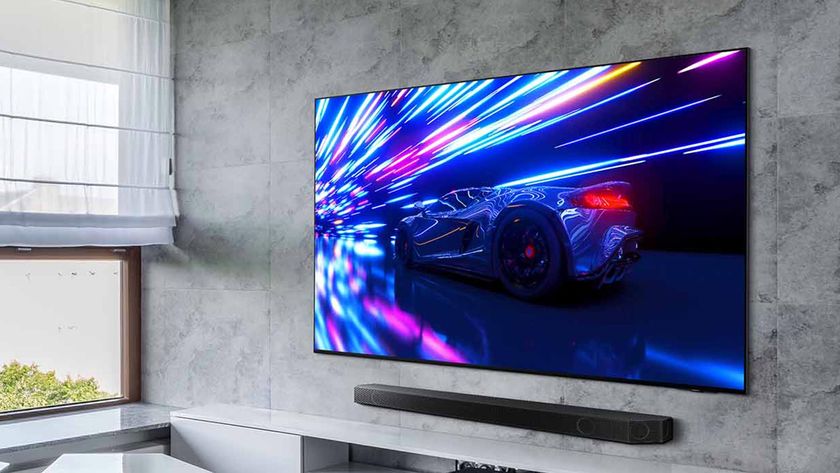
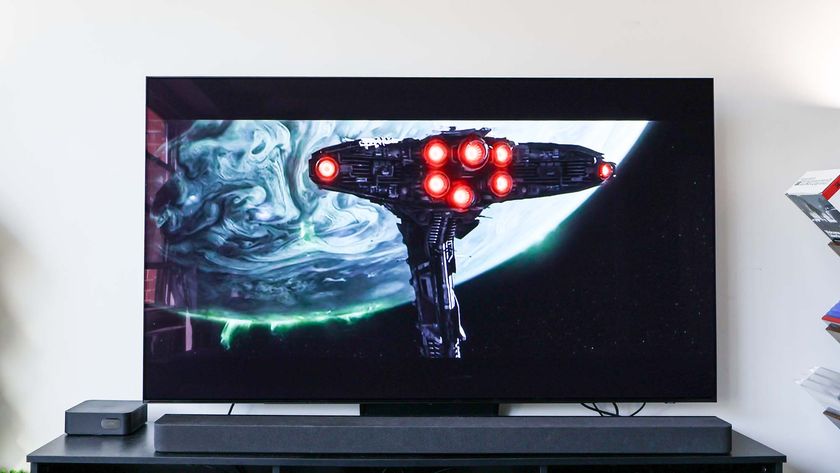
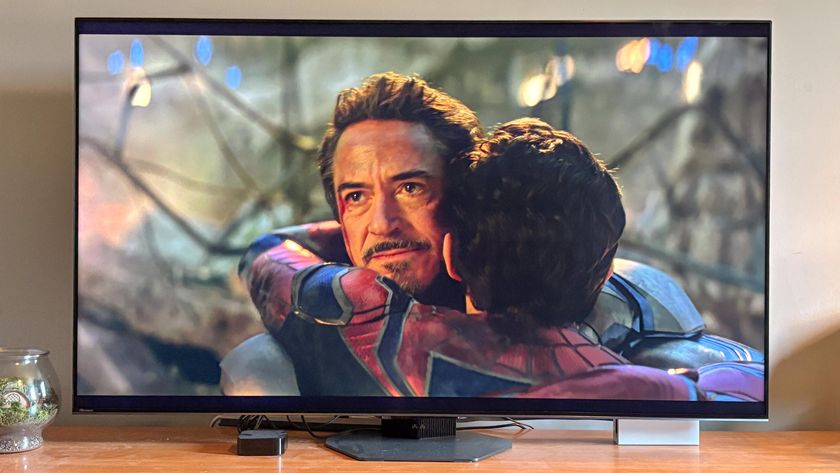
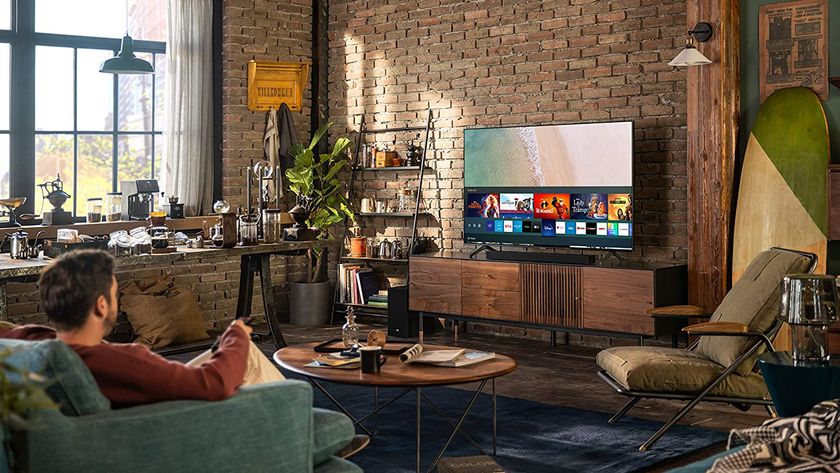
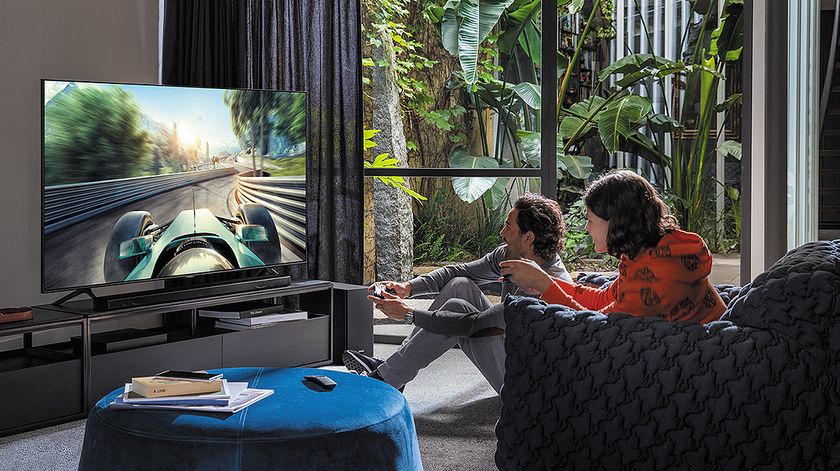
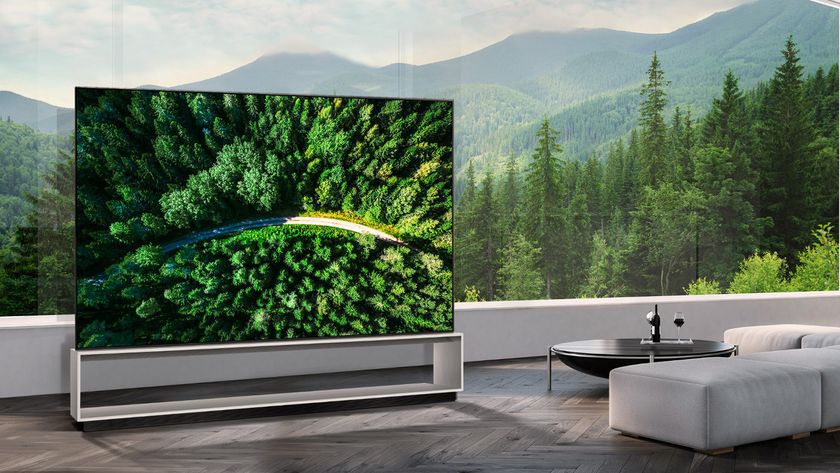

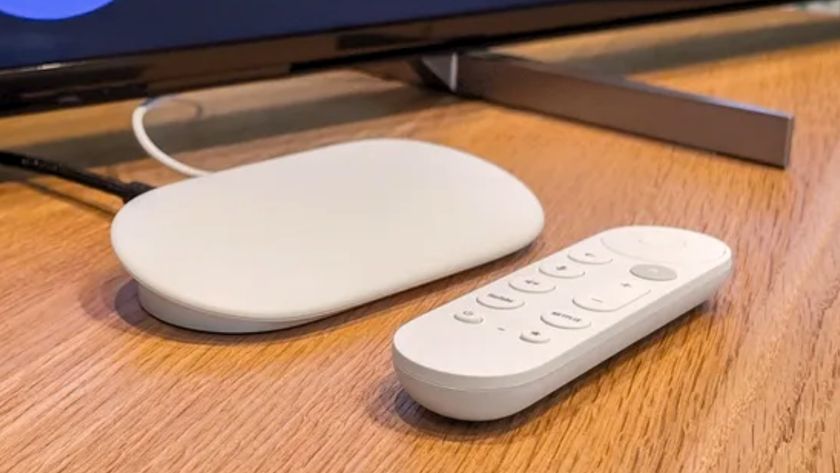
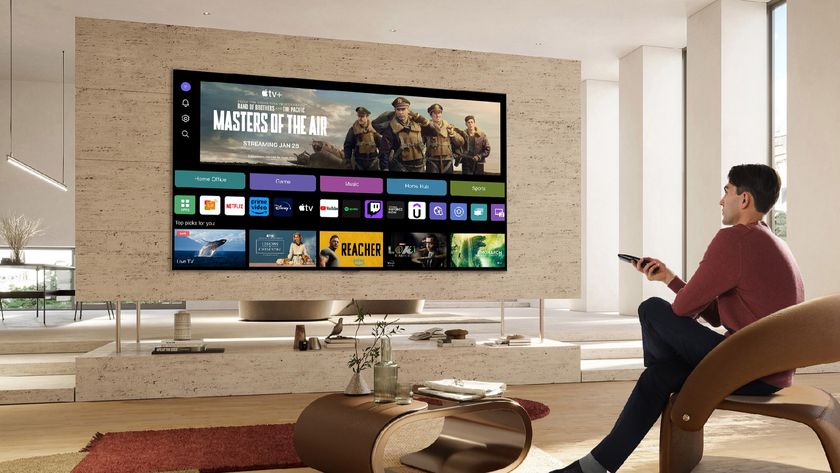
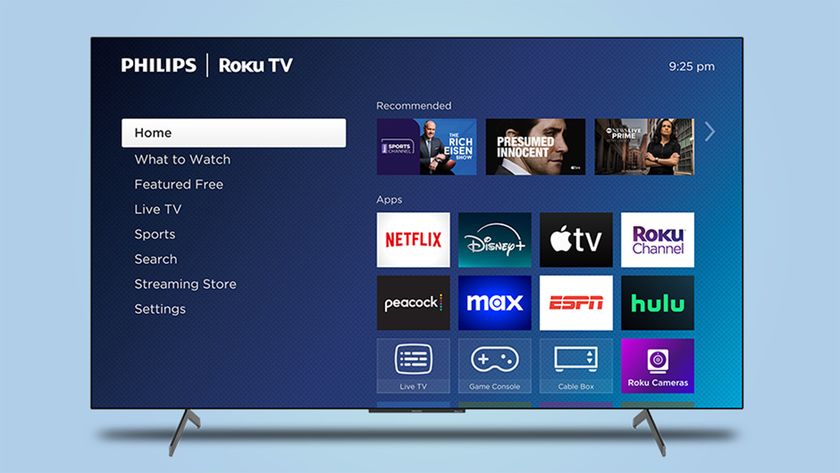
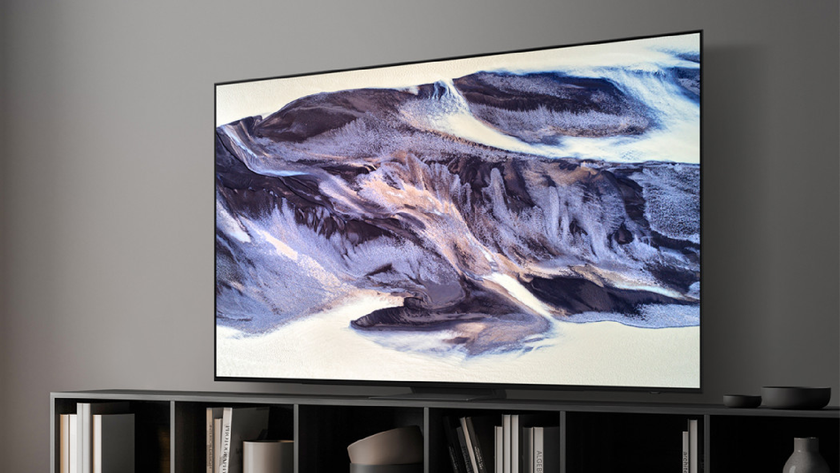
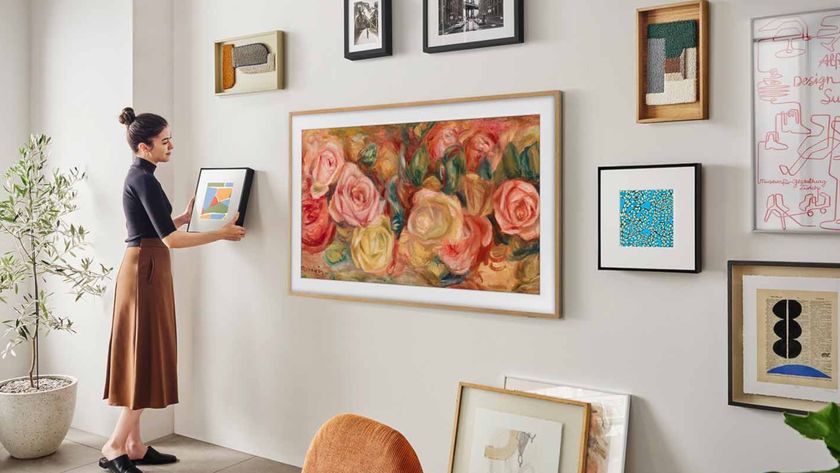
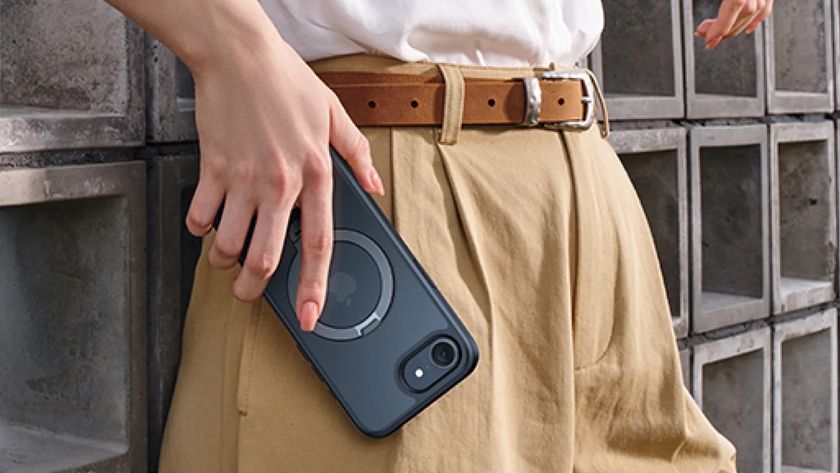
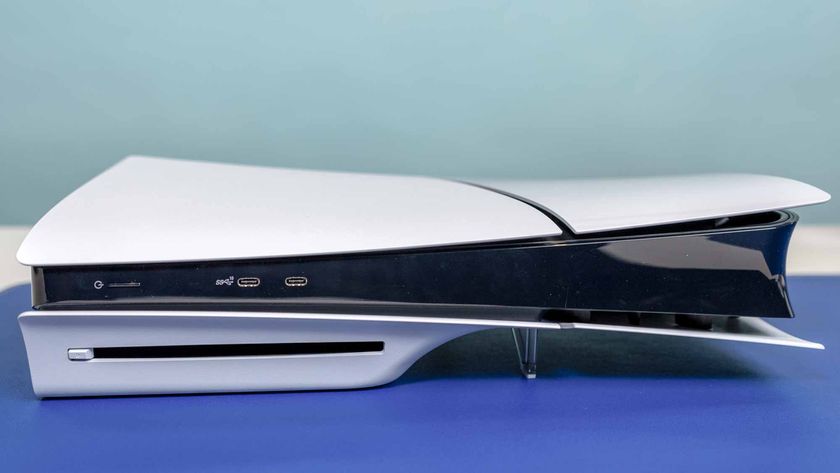
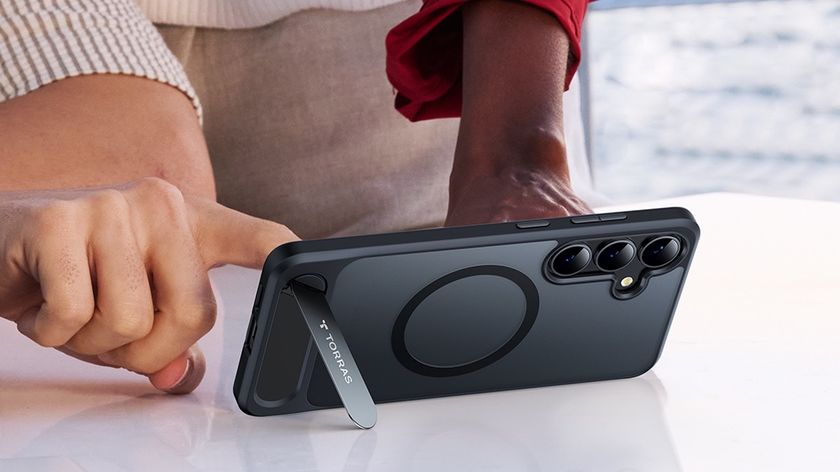
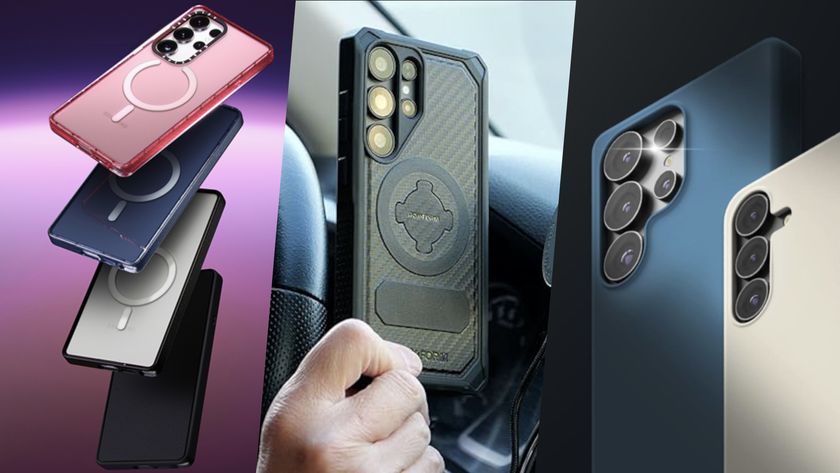
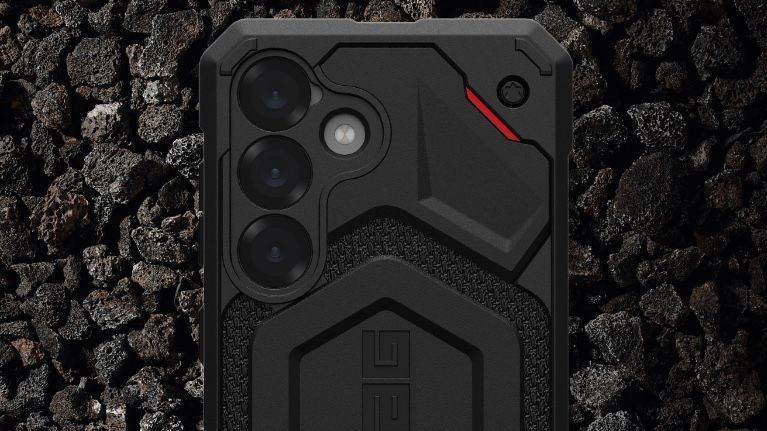
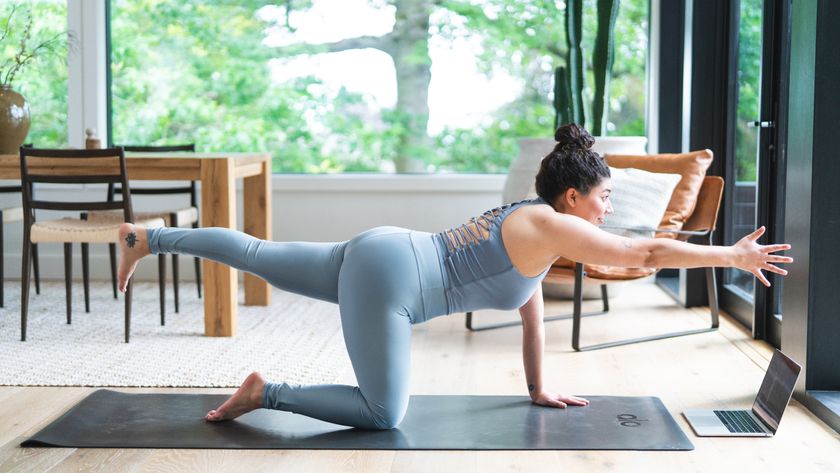
-
RG Geiger I got the Hisense 75 inch tv and it's sweet. It's also my first smart tv. I have used a dozen different black boxes and toggles over the years. I wasn't impressed with the implementation of Android TV so I have installed Google tv and it's better. The remote is horrible, sticky d-pad, slow, way to many buttons. I have a programmable remote and the difference in button speed is very noticeable. Love the picture and ample sound from the tv speakers. Here's a picture.Reply
a/1tFYKlE -
SirJynx Reply
This is a terrible article. Did you really take an article from 2021, relabel it as 2024, and leave in old tvs? Your best mini led tv pick for 2024 is a 3 year old Sony, really?! I'm blocking this site from appearing on my feeds in the future. Incredibly lazy and low effort.admin said:The best 75-inch TVs offer big screens, great features and top-notch performance, in addition to a better viewing experience.
Best 75-inch TVs: Read more
